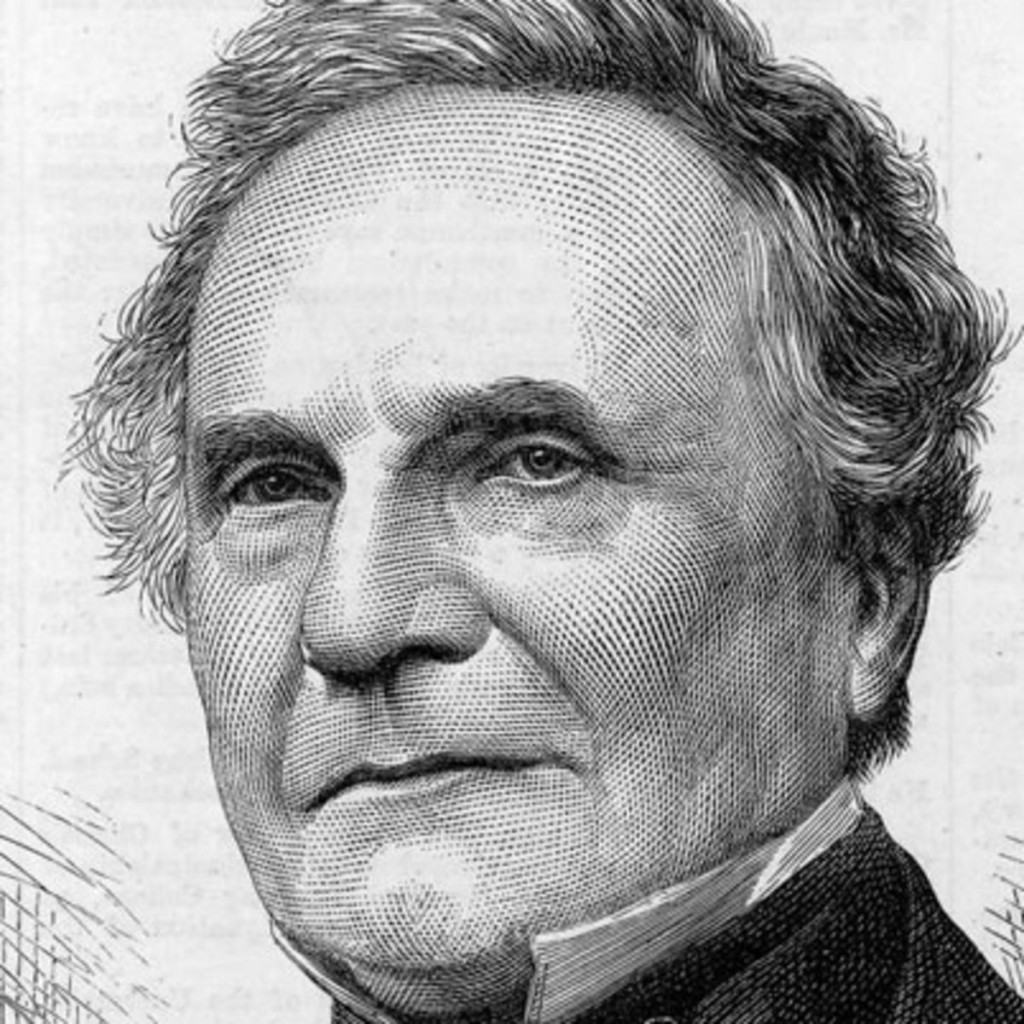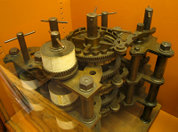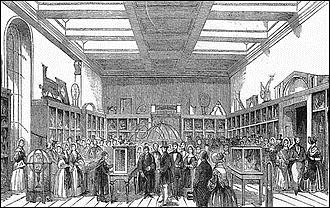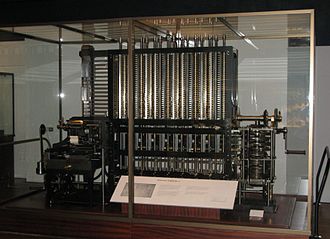On TechTricksWorld, we have been writing about notable personalities of the tech industry that you can find here. And, when we are talking about technology, how we can miss Charles Babbage who created the first computer. Nowadays, we use computer for almost everything we do such as online shopping, ticket booking, finding information, and even this blog post was written and published using computer only. That is the reason, we call him Father of the Computers.
Let’s know more about him.
You have heard of this great name already! Charles Babbage - this mastermind founded something which pioneered a whole new industry. He created something no person of his time had even thought of. He made a machine which laid a strong foundation for its successors, which almost the entire mankind relies on. How revolutionizing it is to create the world’s first mechanical computer!
In this article, we are going to talk in brief about Charles Babbage, known as the “Father of the computer”.
Early Life and Education
Charles Babbage was born in London on 26 December 1791. His father, Benjamin Babbage, was a rich man being a banking partner of William Praed in founding Praed’s & Co. of Fleet Street, London. Therefore, Charles had financial freedom since his childhood. But, he had severe health issues. For instance, he had to move to a country school when he was just eight years old to recover from an extremely serious fever. After that, he attended King Edward VI Grammar School in Totnes, but once again he had to retreat, and he ultimately settled with private tutors.

Like most great personalities, Charles was labelled as “dumb” by his parents who often quoted about Charles – “his brain was not to be taxed too much“. Babbage finally joined the 30-student Holmwood academy, in Baker Street, Enfield, Middlesex. The huge library of this academy developed Charles’ love for mathematics. After passing out from here, he engaged with two private tutors and landed at the Cambridge University.
Cambridge University
In October 1810, Charles landed at Trinity College, Cambridge. However, he was not satisfied with the mathematical education taught there. In 1812, Charles transferred to Peterhouse, Cambridge. Despite being the smartest person there, he received a degree without examination in 1814, trying to defend the silly charges against him.
Successive Years
Charles did not face many difficulties with the prevailing education system. He made quick progress there, with the backing of his wealthy father. Because of his father’s insistence, he married early in 1814, along with his friend Edward Ryan to Whitmore sisters. His father died in 1827, leaving him a lot of wealth. He became financially independent. His wife died in the same year, and in depression, he spent most of his time travelling.
Babbage has works in Natural Theology, Astronomical Society, Mathematical Tables, Mechanical Computation, Mechanization and a lot more. His motivation to overcome the existing barriers and his innovative mindset helped him leaps and bounds. For example, there was a high error rate in the calculation of math tables during his times. He decided to find a way out of a new math table that could reduce this error rate. He thought a lot about this.
Difference Engine
Charles Babbage introduced his invention, “Difference Engine” on June 14, 1822, to the Royal Mechanical Society. It was probably the solution to the error rates by calculating polynomials using his new “differences method”. His idea was approved, and he received a grant of 1500 euros to work on his idea. He converted one of his rooms to a workshop and started working on it.
While he was travelling after remorse of his father’s death, rumors spread that the difference engine was not an ideal project, and the government’s money was being wasted. He was defended by John Herschel and Royal Society, but he started facing difficulty in receiving government grants. After investing 23000 Euros, this project was ceased and abandoned by the government in 1834.
Analytical Engine
Babbage brought a new concept in his mind. He thought of an improved engine that would be able to calculate almost every equation. He came up with a design in 1835 and decided his new mill would measure 15 feet length and 6 feet diameter. Once again, he had issues receiving grants from the government. But still, he kept going and in October 1842, his work on Analytical Engine became the subject of a paper published by Federico Luigi.
Second Difference Engine
Babbage left his accomplishments behind and kept moving ahead. In 1846, he decided to start working on yet another difference engine. The best part about this was that it used three times fewer parts than its predecessor – something fabulous in the field of a mechanical engine. A confusing part about this was that Babbage never tried to improve upon this machine. He kept on furnishing the analytical engine but never altered this one.
Cryptography
Interestingly, Charles Babbage made notable accomplishments in the field of Cryptography, which came to be known only after his death.
In 1845, Charles solved a cipher posed as a challenge by his nephew, Henry Hollier. He discovered “Vigenere Tables” at that time. In the 1850s, he broke the “Vigenere’s autokey cipher”. However, credit for this was given to Friedrich Kasiski, someone who discovered the same what Babbage did years before, just because Charles’ discovery wasn’t known by anyone!
His Achievements
Charles is accredited to many achievements. He won the Gold Medal of the Royal Astronomical Society. He was termed the Lucasian professor of mathematics at Cambridge in 1828 even before he came to know about it. He accepted this post on insistence by his friends. He held on to this till 1839.
Babbage also invented the cow-catcher, also known as Pilot. It was basically a metal frame to clear the obstacles faced by locomotives.
Death
Babbage left this world at the age of 79, on 18 October 1871, in London itself. He was buried in London’s Kensal Green Cemetery.
His memorials such as “The Moon Crater” are a tribute to his research. British Rail named a locomotive after him in the 1990s. Moreover, Charles Babbage Institute is formed at the University of Minnesota. The Economist’s Science and Technology Blog is termed as “Babbage”. Lastly, the former computer store “Babbage’s” was named after this great personality.
Final Verdict
Charles’ discoveries have allowed the personal computer to come into existence. The electronic devices we are synced with today are the result of this great man’s penance and dedication. Indeed, he deserves the title – “Father of the Computer”.











Hi Atish ,
I’m hearing name after so long father of Computer reakky great thing for anyone this is what we use for everything in today life.
Thanks for coming by Ravinder.
His ideas are so advanced for his time. He really deserves to be called as “The Father of Computer”.
Hi Atish,
I came to know about this awesome man from the computer book I studied back in matric.
Thanks for sharing some great info about him!
I’ll be back for sure, keep up the good work 🙂
~ Ahmad
Glad you liked the post, Muhammad.
Thanks for this great article, I really enjoyed it from beginning to ending because this is very interesting.